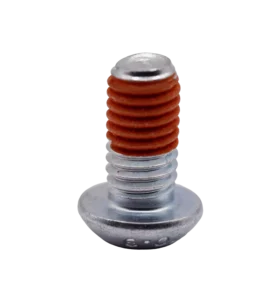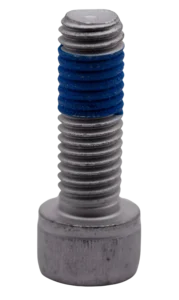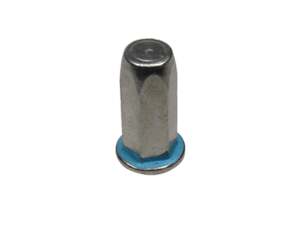Pre-coating applications on standard screws and bolts
The dry thread locker for standard fasteners
Screws loosen “naturally” under the effect of various stresses: high axial loads, vibrations, shocks and temperature variations.
For all these reasons, it is advisable to secure threaded assemblies by braking the threads.
Thread locking can be achieved in 2 ways:
- By gluing the threaded elements together using a micro-encapsulated adhesive that activates when the screw is tightened. This results in “standard” thread braking in the automotive industry, replacing gluing with liquid threadlocker.
- By increasing friction in the assembly generated by an elastic polyamide cord deposited on the threads. Polyamide (or nylon) locking is less effective than gluing, but allows the screw to be repositioned several times.
Sealing for standard screws and bolts
The sealing function can also be integrated into the screws by pre-coating. In this case, the screws are pre-coated with a sealing resin to replace a flat or O-ring seal under the screw head, or to eliminate seepage from the threads of a porous casting.
Anti-seize for standard fasteners
Pre-coating also provides a solution to screw seizure.
In this case, the thread is pre-coated with an anti-seize agent designed to facilitate assembly and disassembly of assemblies, particularly under heavy loads and at high temperatures.

Crimp screws with sealing function

Screw with locking function

Rivet with sealing function

